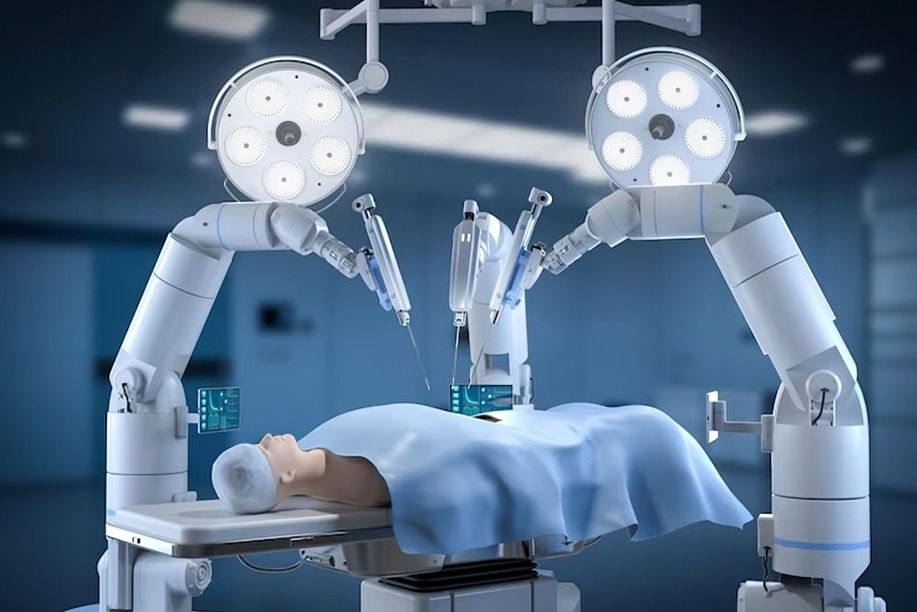
“
Discover a world of stunning facts about the heart that reveal just how remarkable this vital organ truly is. From record-breaking survival stories to incredible biological feats, these intriguing insights highlight the heart’s extraordinary capabilities and its pivotal role in our lives. Dive in to learn more about the incredible journey of the heart and its fascinating functions!1
1
1
”
Your heart beats around 100,000 times each day, creating the familiar thump-thump sound we associate with a heartbeat. This sound is actually the noise of the heart valves opening and closing rhythmically. 1
The average human heart is about the size of a clenched fist. Despite its small size, it beats around 115,000 times every day to keep blood circulating throughout the body. 2

Bert Janssen from the Netherlands holds the record as the world’s longest-surviving heart transplant recipient. Having lived for over 39 years and counting since his surgery in 1984, his remarkable survival showcases the incredible advancements in medical science.
Every day, your heart pumps approximately 2,000 gallons of blood throughout your body. This blood travels about 12,000 miles daily, which is equivalent to crossing the U.S. from coast to coast four times. Over a lifetime, this amounts to about one million barrels of blood! 3

The blue whale has the largest heart of any living creature. One heart, found in a 24-meter blue whale that washed ashore in Newfoundland in 2014, weighed a staggering 440 pounds and measured about 5 feet in length.
The heart typically weighs between 7 and 15 ounces. Its weight can vary based on factors like age, gender, and overall health. This vital organ’s size and weight play a significant role in efficient blood circulation throughout the body. 4
Heart attack symptoms can vary significantly between men and women. Women may experience less obvious signs such as squeezing or pressure in the chest, pain in the arms, neck, back, or jaw, and even nausea. 5
Laughing is not only fun but also good for your heart. When you laugh, your blood vessels relax, which allows 20% more blood to flow through your body. This relaxation helps reduce the heart's workload and promotes overall heart health.6
The heart is located behind the breastbone, but it is tilted slightly to the left. This tilt makes it easier to feel the heartbeat on the left side of your chest. Its position contributes to the distinct left-sided heartbeat sensation. 7
Heart attacks are most commonly reported on Monday mornings. This phenomenon may be linked to the stress of starting a new work week, as well as changes in routine and heightened anxiety during this time.8
Men and women experience different heart attack symptoms. While men often have chest pain or pressure, women may have more varied symptoms like nausea, shortness of breath, or fatigue. Recognizing these differences is crucial for timely medical intervention. 9
Women's hearts generally beat faster than men's, with an average difference of about 8-10 beats per minute. This variation is influenced by hormonal, physiological, and genetic factors, reflecting differences in heart rate regulation and overall cardiovascular health between genders. 10
Severe chest pain doesn’t always signify a heart attack. Sometimes, it may be angina, caused by reduced blood flow to the heart due to plaque buildup in arteries. It’s essential to differentiate between these conditions for accurate diagnosis. 11
The first successful open-heart surgery was performed by Dr. Daniel Hale Williams in 1893. As one of the few Black cardiologists of his time, Williams' pioneering work paved the way for modern heart surgery techniques.12
The first implantable pacemaker was used in 1958. Arne Larsson, who received the pacemaker, lived a full life until age 86, far surpassing the lifespan of the surgeon who implanted it, demonstrating the significant impact of this medical innovation. 13
The youngest person ever to undergo heart surgery was just a minute old. Born with a severe heart defect, this baby’s successful surgery highlights the advancements in neonatal cardiac care and the ongoing need for heart transplants in some cases. 14
Octopuses have three hearts. Two pump blood through their gills, while the third pumps it to the rest of their body. Interestingly, their blood is blue due to the copper-based molecule hemocyanin, which is more efficient in cold, low-oxygen environments. 15

Robotic systems, such as the da Vinci Surgical System, offer minimally invasive cardiac surgery with enhanced precision. These robots allow surgeons to perform complex procedures through smaller incisions, reducing recovery time and risk.
Remarkably, a heart can continue to beat even when disconnected from the body. This phenomenon demonstrates the heart’s intrinsic ability to function autonomously, thanks to its built-in electrical system. 16
Living at high altitudes can lead to an enlarged heart as a natural adaptation to thinner air and reduced oxygen levels. This enlargement improves the heart’s ability to pump oxygen-rich blood throughout the body, enhancing oxygen delivery to support bodily functions.17


